Question
Why was Stonehenge built?
26 Nov, 2015Hypotheses
Calculated Conclusions
Conclusions
1
2
Stonehenge was built as a burial site.
3
Stonehenge was built as a large calendar or season tracker.
4
Stonehenge was built as a place of mystical healing.
5
Stonehenge was built as a geocentric representation of the Universe.
Summary
Stonehenge may be the most famous of all
The evidence doesn't fit neatly with any of the competing hypotheses. The construction of Stonehenge took place about 5,000 years ago, and there's little information about similar structures at the time. Therefore, it is possible that the true hypothesis has not yet been suggested or considered. However, among the hypotheses known today, the most likely explanation is that Stonehenge was built as a place of sun worship.
The alignment with the sun and the burials at the site suggest that Stonehenge was either a place of sun worship that included a burial ground or a (religious) burial site for people with strong ties to the sun and solstice. The graves and the sheer magnitude of such a project are more difficult to account for under the "Calendar" hypothesis. While there is peripheral evidence that may associate Stonehenge with healing (such as the origin of the
The hypothesis that Stonehenge was built by Druids (suggested in the 17th century), is rejected outright (and not analyzed) due to the abundance of evidence that Stonehenge was completed by 1500 BC, while the Druids only arrived in England around the year 600.
An additional mystery analyzed is whether the
Key Evidence
Contribution
Four points outside the circle (the station stones, only two of which are standing) mark significant celestial events pertaining to the sun and moon (northernmost and southernmost moonset, midwinter sunset, etc.).
Stonehenge is aligned with sunrise and sunset at the summer and winter solstice.
The area around Stonehenge had been in use before the stones were erected (large pine posts were present around 6000-7000 BC, shafts from around 3800 BC, pottery and animal remains from around 3200 BC, and wooden posts from 2900-3000 BC).
Many bones from animals originating in different parts of England were found at Stonehenge. A disproportionate number of these bones were from animals approximately 9 months old.
The inner faces of the
Analysis
Evidence
Starting Point (1 item)
The stones (4 items)
The bluestones were manually transported from Preseli to Stonehenge; there was no glacier flow from Preseli to Salisbury plains.
The bluestones were moved from Preseli to the Stonehenge area by a glacier flow (and then manually transported less than 5 kilometers).
The bluestones were manually transported from Preseli to Stonehenge; there was an unrelated glacier flow in Salisbury plains.
The inner faces of the
Stonehenge’s large
Arrangement of the stones (6 items)
Stonehenge is arranged in a circular pattern.
Stonehenge is aligned with sunrise and sunset at the summer and winter solstice.
Four points outside the circle (the station stones, only two of which are standing) mark significant celestial events pertaining to the sun and moon (northernmost and southernmost moonset, midwinter sunset, etc.).
Stone 54 has the weathered remains of 3 large holes arranged in a vertical line and at equal distances.
The
The outer ring of
Burials (3 items)
Some skeletons near Stonehenge from around the Bronze Age came from distant lands (including the ‘Amesbury Archer’ from around 2300 BC who was probably from Germany and ‘The Boy with the Amber necklace’ from around 1550 BC who was probably from the Mediterranean).
Cremated human remains were buried at Stonehenge from around 3000 BC - 2300 BC.
History (4 items)
Many bones from animals originating in different parts of England were found at Stonehenge. A disproportionate number of these bones were from animals approximately 9 months old.
The area around Stonehenge had been in use before the stones were erected (large pine posts were present around 6000-7000 BC, shafts from around 3800 BC, pottery and animal remains from around 3200 BC, and wooden posts from 2900-3000 BC).
In the 4th century (around 1900 years after Stonehenge was completed), Hecataeus of Abdera wrote about a round temple in Hyperborea that was dedicated to Apollo (sun worship).
In the 13th century (around 2800 years after Stonehenge was completed), Stonehenge was believed to have healing properties.


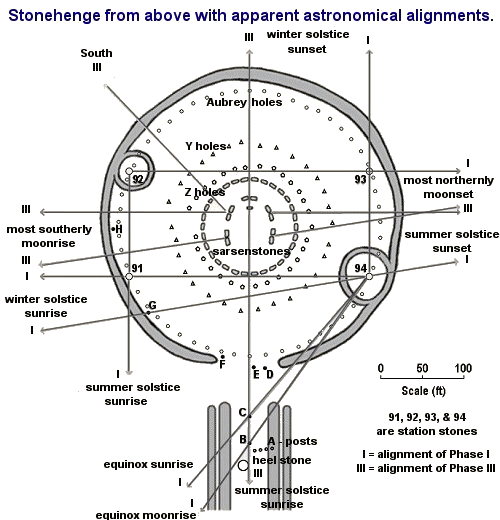
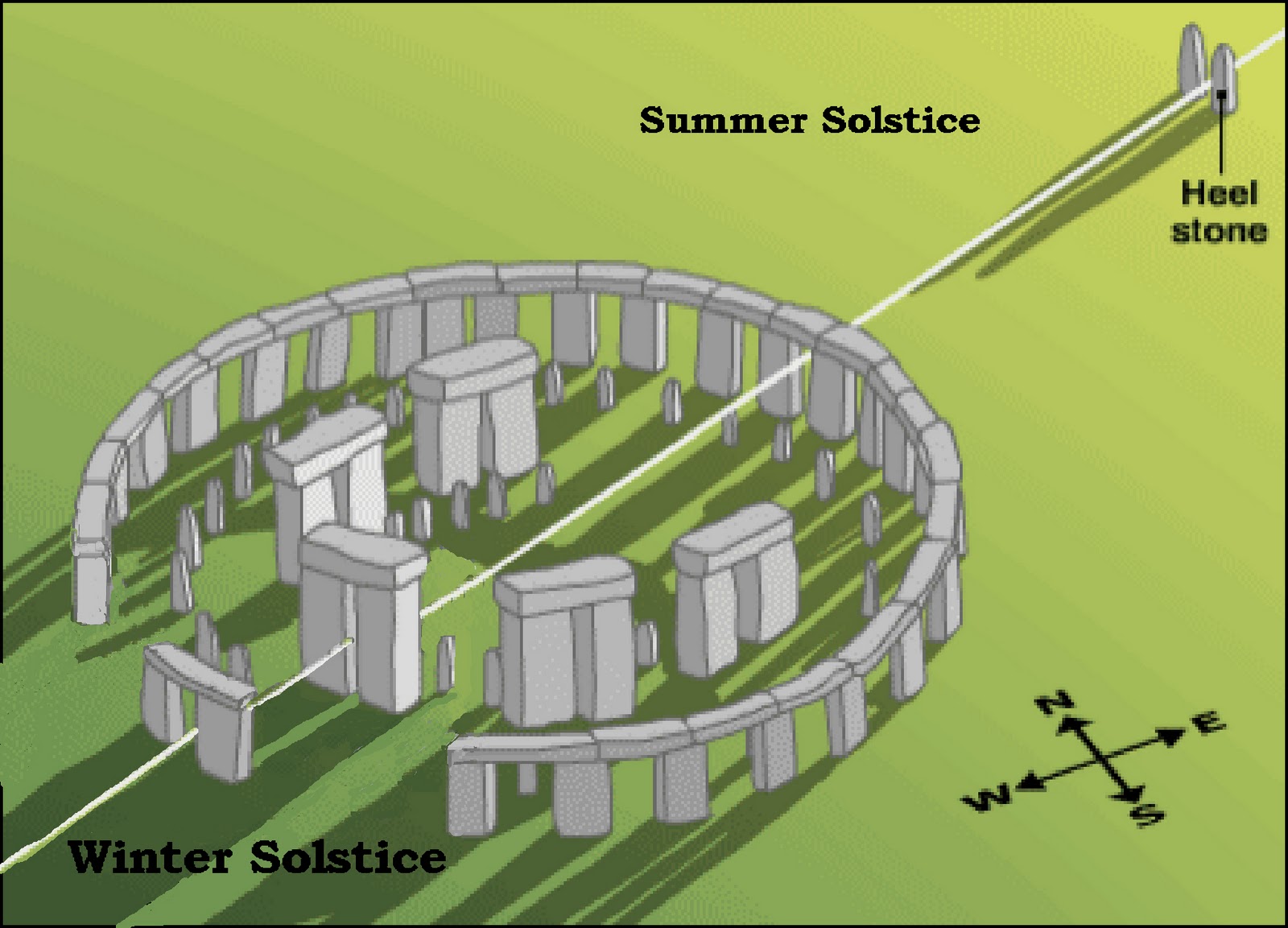
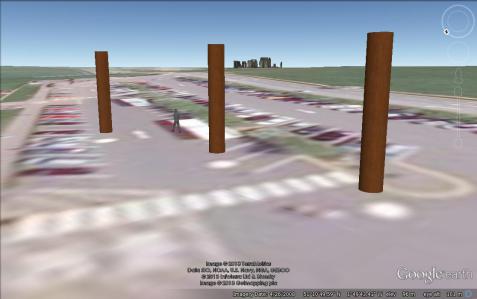

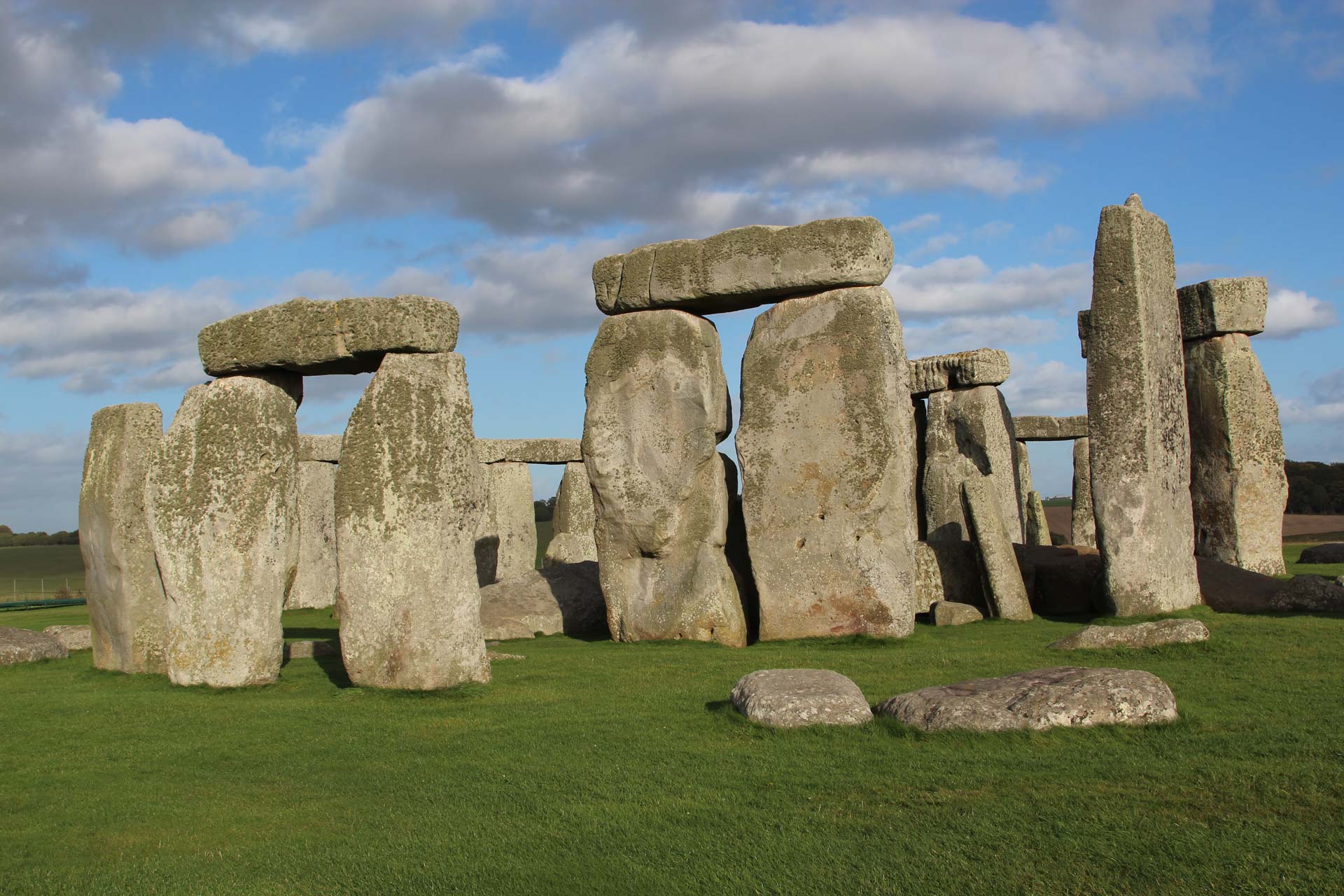


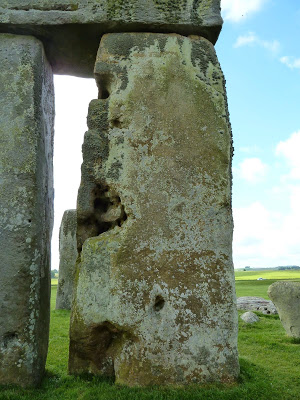
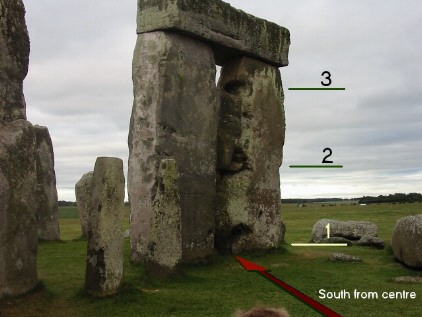
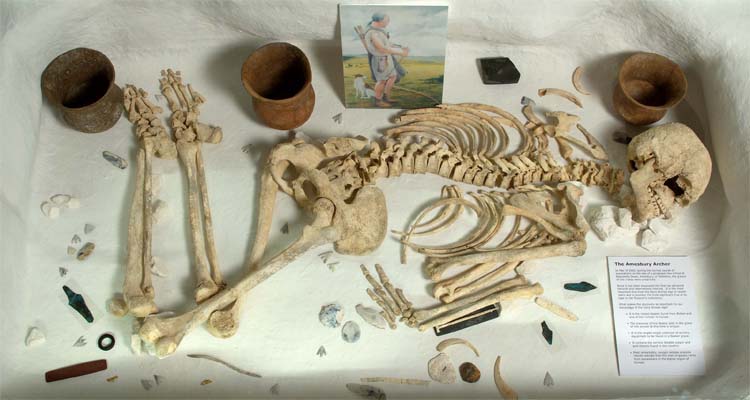

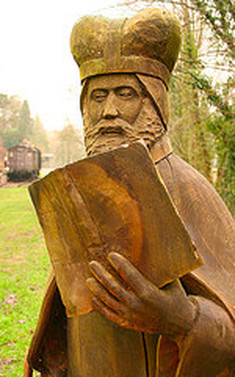
Discussion